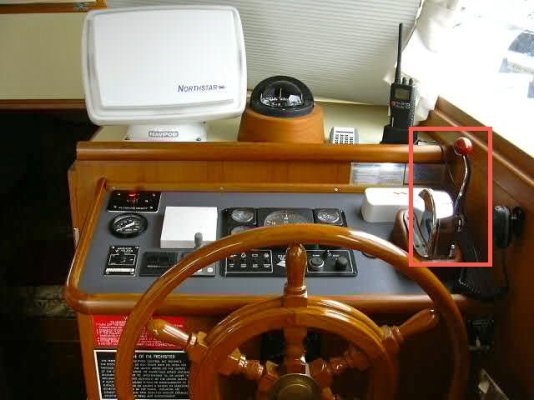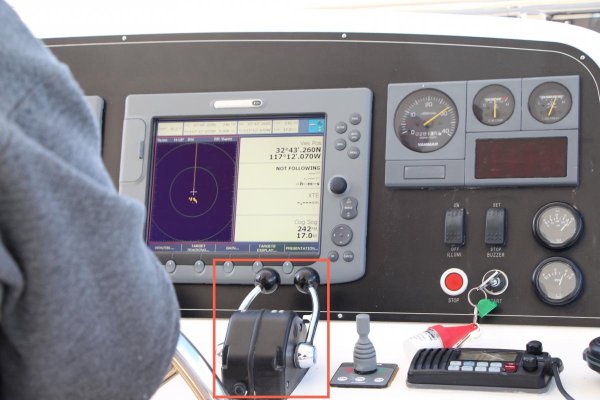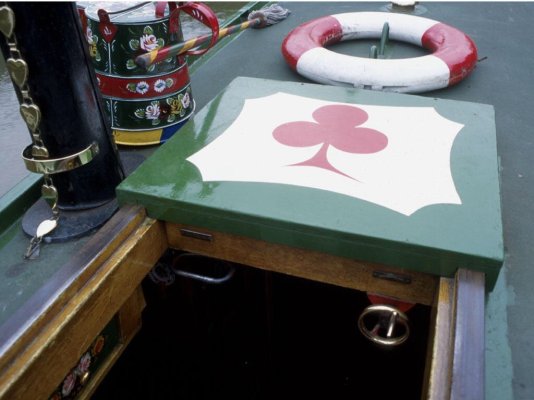It comes down to personal preference, and a few technical details:
1. If multiple stations, like mine with two, single lever requires either electronic controls or a complicated mechanical box to separate the control motion of one lever to gear and throttle motions. I prefer simple.
2. Slam shifting: An aggressive motion on the single lever can go through neutral, into gear, and rev engine before clutch can engage. Gear then engages with engine rev'd, which is hard on machinery. Electronic controls can be programmed with a delay, but this is just more complexity.
3. On my older mechanical injected engine, I have idle set pretty low, about 500rpm so I can get a nice slow idle speed. When shifting, I set idle up to about 600 and leave stick there. Not possible with single lever.
4. Warm up: When I start up, I like to let engine idle at 800 while handling lines. A single lever would require mashing buttons or some other action to keep gear from engaging. Not a big deal, but just another thing to do.
5. Sick engine: If engine has a problem, it can stall at dead idle. Two lever lets you keep rev's up when shifting. Never happened on mine, but has on others, especially gassers with dodgy carbs.
All this is pretty much moot with modern electronic engines and modern electronic shift gears. Single lever is where everything is headed and that is fine. I prefer the old mechanical engine that does not require any electricity to run and is completely free of any software or electronic bugginess. And bugs do happen in the electronic controls.





